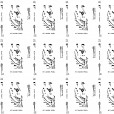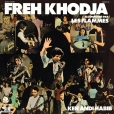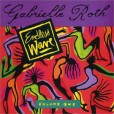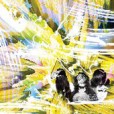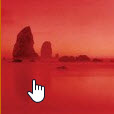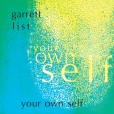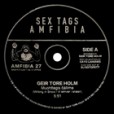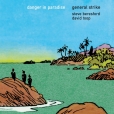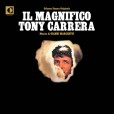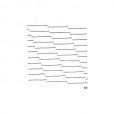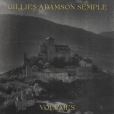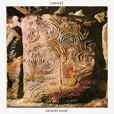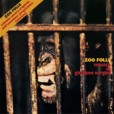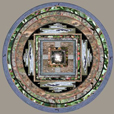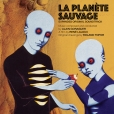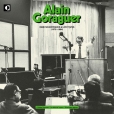Your basket is empty

Four lost works by the electro-acoustic pioneer and GRM stalwart: Electrucs!, a synthesizer soundtrack to an imaginary film, from 1974; Foliphonie, a kind of postscript to his own La Grande Polyphonie, the same year; Cinq Dessins En Rosace, from 1973; and Marpège, dedicated to Bernard Parmegiani, from 1995.
The first reissue of this set, recorded in Paris in 1975, jubilantly blending funky Algerian rock and other North African sounds with jazz, Latin, boogie… A two-page insert carries new liner notes.
A rare sighting of Eye from The Boredoms, kicking up a rumpus with Japanese noise-rock duo Gagakirise.
Flexidisc.
‘Ghost musick… operating in the margins and intersections of folklore, experimental electronics, dreams and nightmares… Think of it as a rampant yearning, a manic laughter, but mostly as a feeling of some somnambulistic thirst for adventure and journeys into the unknown, a feeling that is grounded deep inside the heart of the continent.’
‘Shines a light on a little-heard, spooked German underground, working below the radar on mostly small-run releases. Lower Franconia’s Baldruin lays the mystery on thick, his fevered tracks here using flutes, electric organs and shaken children’s toys to create an opaque ambience. Close neighbours Brannten Schnüre voyage into similarly uncharted territory, providing laceworks of fragile folk melodies and sloshes of breathy drone offset by detached vocals. Like Brothers Grimm armed with analogue synths, Freundliche Kreisel supply the title track’s sinister fairy tale, while the oblique textures of Kirschstein’s mystically-themed efforts betray roots in Amon Düül’s hallucinogenic psychedelia and Novy Svet’s neo surrealism. A very dark delight’ (Mojo).
‘Since the mid-1960s, Jon Gibson has played a key role in the development of American avant-garde music. As a reed player, he has performed with everyone from Steve Reich and Philip Glass to Terry Riley and La Monte Young. In the 1970s, Gibson would emerge as a minimalist composer in his own right and release two exceptional albums, Visitations and Two Solo Pieces, on Glass’ Chatham Square imprint.
‘Ranging from introspective piano meditations to cerebral ensemble works, Songs & Melodies brings together recordings from 1973 to 1977 (mostly previously unreleased), featuring prominent figures in New York’s scene, including Arthur Russell and Julius Eastman.’
Drawing inspiration from Sarah Davachi and Kali Malone, six glacial minimalist drones in contemplation of Body and Soul, ecological collapse, and the nature of listening, played on the oldest functioning pipe organ in the world, built in 1435, at the Valère Basilica in the Swiss Alps.
“What I like about the organ is that you can make it feel very physical. It has all these mechanical parts that sound really beautiful.”
Litho cover; riso insert. Tiny run.
The 1964 recording of AG’s poem for his mother Naomi, fuelled by morphine, meth… and Ray Charles’ I Got A Woman on repeat.
Red vinyl, in its original gatefold packaging, with an added inner sleeve featuring new liner notes, and memorabilia provided by the Allen Ginsberg estate.
The 1973 soundtrack for René Laloux’s philosophical tale of anticipation, where men are used as domestic toys by blue giants, the Draags.
The orchestral expansiveness recalls Goraguer’s sixties projects with Serge Gainsbourg, but teleported to a psychedelic spaceway of its own, mapped out in a series of vignettes — moody, baroque, wasted, hypnotic, out-there — with funky wah-wah guitars, flutes, Fender Rhodes, breaks-n-beats drumming, and haunting effects.
Demonstrably beloved by Dilla, Madlib, Air, and co.
A new deluxe edition, mixed from the recently discovered multi-track tapes, including seven previously unreleased tracks and three alternate mixes.

